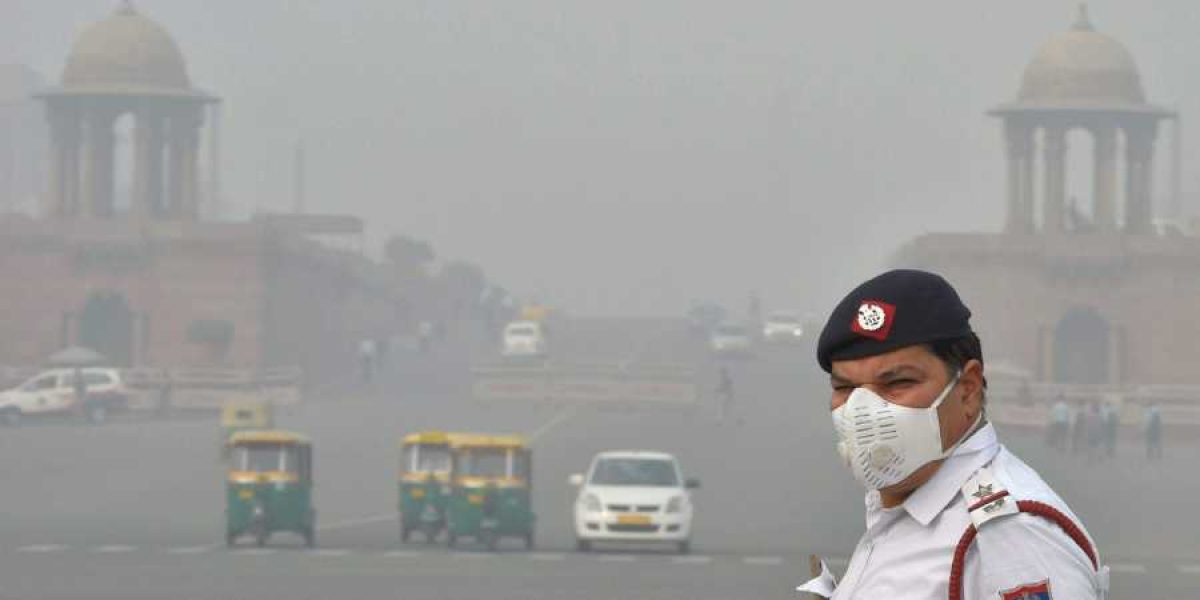
Delhi gets a breather, but still struggling to breathe
A day after recording its worst air quality, which forced authorities to declare a public health emergency, a slight increase in the wind speed has reduced the pollution levels marginally in Delhi, and neighbouring cities on Saturday (November 2).

A day after recording its worst air quality, which forced authorities to declare a public health emergency, a slight increase in the wind speed has reduced the pollution levels marginally in Delhi, and neighbouring cities on Saturday (November 2).
At 10 am, the city’s overall air quality index (AQI) stood at 407. It was as high as 484 at 4 pm on Friday. Ghaziabad and Greater Noida recorded AQIs of 459 and 452 respectively on Saturday morning, compared to 496 last evening, the Central Pollution Control Board (CPCB) said.
Weather experts said there was a significant improvement in wind speed and that it would increase further gradually. Winds gusting up to 20-25 kilometers per hour are likely in the region from Sunday to Tuesday, they said.
Cyclone Maha and a fresh western disturbance are expected to give scattered rainfall in Punjab, Haryana, Rajasthan and Delhi on November 7 and 8. This rainfall, however light, will be significant in terms of reducing the effect of stubble burning, and will wash away pollutants, the experts said.
Also read: Treat PILs against odd-even scheme as representation and decide by Nov 5: HC
The AQI entered the severe plus or emergency category late Thursday night in Delhi, the first time since January this year.
On Friday, the Supreme Court-mandated Environment Pollution (Prevention and Control) Authority declared the public health emergency, following which the Delhi government decided to shut all schools. The EPCA also banned construction activities in Delhi-NCR till November 5.
Chief Minister Arvind Kejriwal termed Delhi a ‘gas chamber’ and blamed stubble burning in neighbouring Haryana and Punjab for the apocalyptic haze shrouding the city. The share of stubble burning in Delhi’s pollution stood at 46 per cent on Friday, the highest so far, according to the Ministry of Earth Sciences air quality monitor, SAFAR.
An AQI between 0-50 is considered good, 51-100 satisfactory, 101-200 moderate, 201-300 poor, 301-400 very poor and 401-500 severe. Above 500 falls in the severe plus category.


